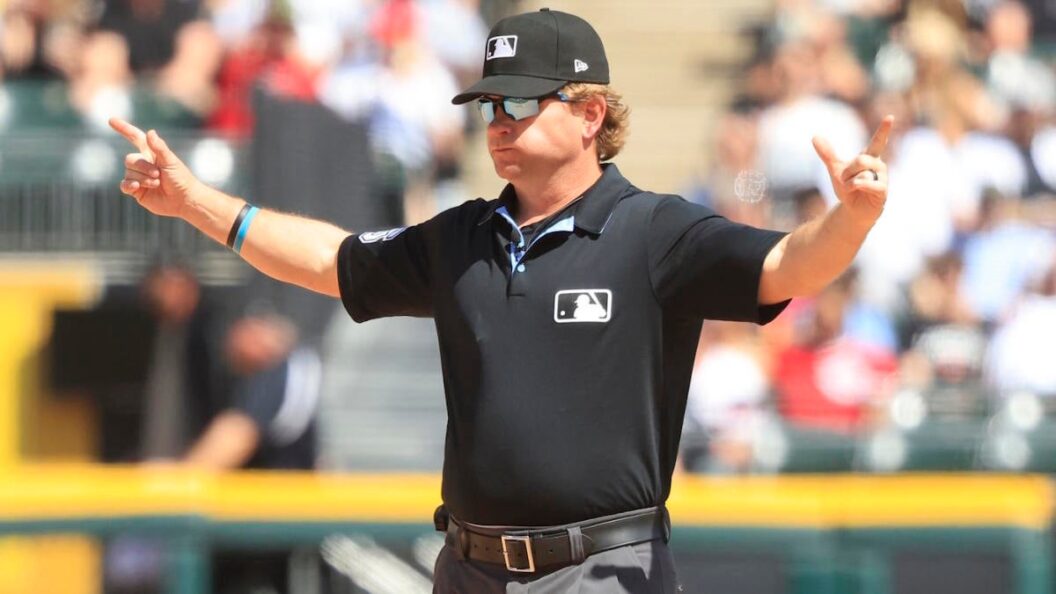Umpires Embrace New Technology: MLB’s Automated Balls and Strikes System Tested in Spring Training
As Major League Baseball (MLB) navigates the integration of technology into its officiating processes, umpires are beginning to adapt to the new Automated Balls and Strikes (ABS) challenge system. Recently, umpire Mike Muchlinski humorously acknowledged the accuracy of the system during a spring training game between the San Diego Padres and Los Angeles Angels. After a call was challenged, Muchlinski remarked that the ABS’s ruling of a pitch being outside the strike zone was "surprisingly correct."
Significant Developments in Officiating
This incident occurred during a Cactus League game where the ABS system was in trial mode. The technology aims to enhance call accuracy and improve accountability in officiating by providing real-time feedback on pitch calls. Typically, umpires like Muchlinski would rely solely on their judgment during games, a pressure-filled task that is constantly scrutinized by players, fans, and analysts alike.
The game featured Padres pitcher Omar Cruz, whose pitch drew scrutiny from Padres catcher Brett Sullivan. After Muchlinski ruled the pitch a ball, Sullivan initiated a challenge, anticipating the ABS system would overturn the call. Instead, it confirmed Muchlinski’s assessment, showing the pitch was approximately one inch outside the strike zone, leading the umpire to quip about his own performance.
Technology’s Role in Future Games
The ABS system is currently undergoing testing and is not expected to be implemented in regular-season gameplay until 2026. This timeline reflects the league’s careful approach to integrating technology within the game, ensuring reliability and acceptance among stakeholders.
Advocates for the system believe that such advancements can significantly reduce human error in officiating, enhancing the overall integrity of the game. Critics, however, voice concerns that the reliance on technology might undermine the traditional aspects of baseball and the umpires’ authority.
Reception Among Players and Officials
Reactions to the testing have been generally positive, with players appreciating the opportunity for more accurate calls. Muchlinski’s readiness to embrace the technology reflects a broader trend within MLB where both officials and players are learning to coexist with upcoming innovations.
"The call is surprisingly correct," said Muchlinski after the pitch review, showcasing a willingness from officials to adapt and embrace modern technology, even at the expense of their own previous judgments.
This ongoing dialogue between technology and tradition highlights a pivotal moment for baseball as it tackles issues of credibility and accuracy in officiating. The ABS system’s trials represent a cautious but significant shift in how the game could be officiated in the future.
Conclusion: A New Era for Major League Baseball?
The introduction of the ABS challenge system could redefine how baseball is played and viewed. As the league moves towards a more technology-centric approach, the fundamental aspects of the game will be tested. While the current version is still in its experimental phase, successful implementation could lead to a substantial decrease in controversial calls and disputes over umpire judgments.
As fans eagerly anticipate the next stages of this technological evolution in baseball, the ongoing implications for gameplay, officiating standards, and fan experience remain profound. The positive reception from players and umpires thus far suggests that MLB is on the right track, but the balance between innovation and the cherished traditions of the sport will continue to be a focal point of debate in the years to come.









